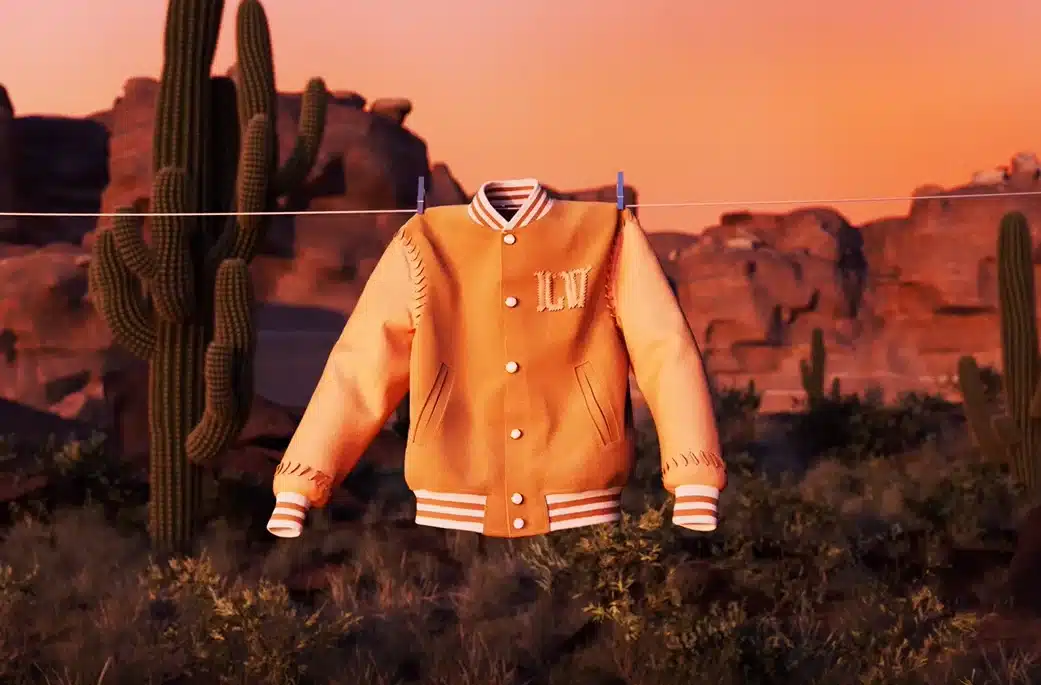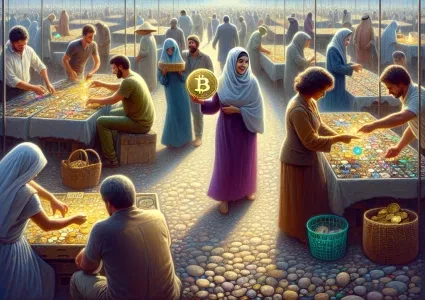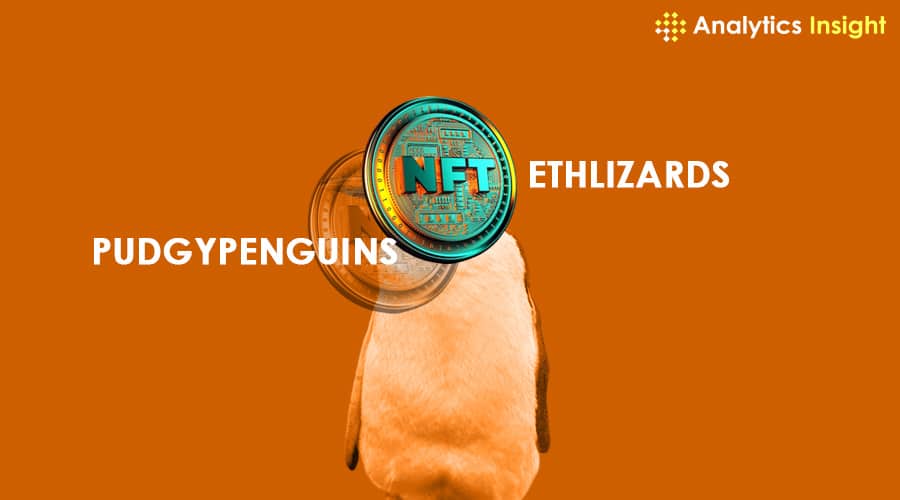
Ben Fowler, an artist from Warracknabeal, Victoria, has gained international recognition and success through the use of non-fungible tokens (NFTs) and digital art. His artwork has been displayed in Thailand, France, and on the big screen in Federation Square in Melbourne. What makes this achievement even more remarkable is that Fowler has never physically created his art on canvas or paper. Instead, he creates digital artwork that can be sold to buyers around the world.
Fowler’s journey into the world of digital art began when he listed his piece “Astral Travel Sickness” on a website that offered him free access in exchange for a percentage of the sale price. Within a matter of days, the artwork sold for 0.34 Ethereum, which was worth about $930 at the time. This initial success was a revelation for Fowler and he continued to create and sell more digital artworks.
According to Fowler, the rise of NFTs and digital art has made it easier for artists like him who live outside big cities to make a living. It empowers artists and creatives to earn what they’re worth and create a career for themselves without having to move to major art centers like Melbourne.
But how do NFTs work? NFTs are tokens that exist on blockchain technology, which is essentially a distributed ledger of information that verifies the origin and authenticity of a piece of content. While some tokens are fungible and interchangeable, NFTs are unique and cannot be replicated. This makes them useful for verifying the provenance of digital content, such as art.
Fowler’s artwork, which often depicts surreal depictions of people and the natural world, has garnered a strong following and significant sales. Despite experiencing a dip in the NFT and cryptocurrency markets last year, Fowler believes that the crash weeded out insincere individuals looking to make a quick profit, leading to a closer community of art enthusiasts who appreciate the art, community, and technology.
Fowler’s journey into art began with music, as he has been playing the keyboard for over 15 years. However, a health setback caused him to explore digital and visual art. Fowler’s eye condition, keratoconus, led to a partial loss of vision in his left eye. Determined to make the most of his remaining vision, he picked up a camera and started shooting. His unique style, honed through capturing his partner’s expressions creatively, has resonated with audiences and buyers.
One of Fowler’s signature characters is Reginald, a sentient tree based on a real-life tree in Warracknabeal. Fowler’s artwork often explores anthropomorphism, bringing to life the distinct personalities of creatures, trees, and plants that we may not be familiar with as humans.
Despite the hype and subsequent dip in NFT prices, the use of blockchain technology in the art world has been a fundamental leap forward. It has opened up new avenues for artists to sell their work and challenged the concept of ownership on the internet. Blockchain has the potential to establish property rights for digital content, changing the norm of freely copying and sharing content online.
Overall, Ben Fowler’s success story showcases the power of NFTs and digital art in empowering artists from regional areas and helping them earn what they’re worth. Through these technologies, artists like Fowler can create and sell their art from anywhere in the world, gaining recognition and income that may have otherwise been inaccessible to them.






